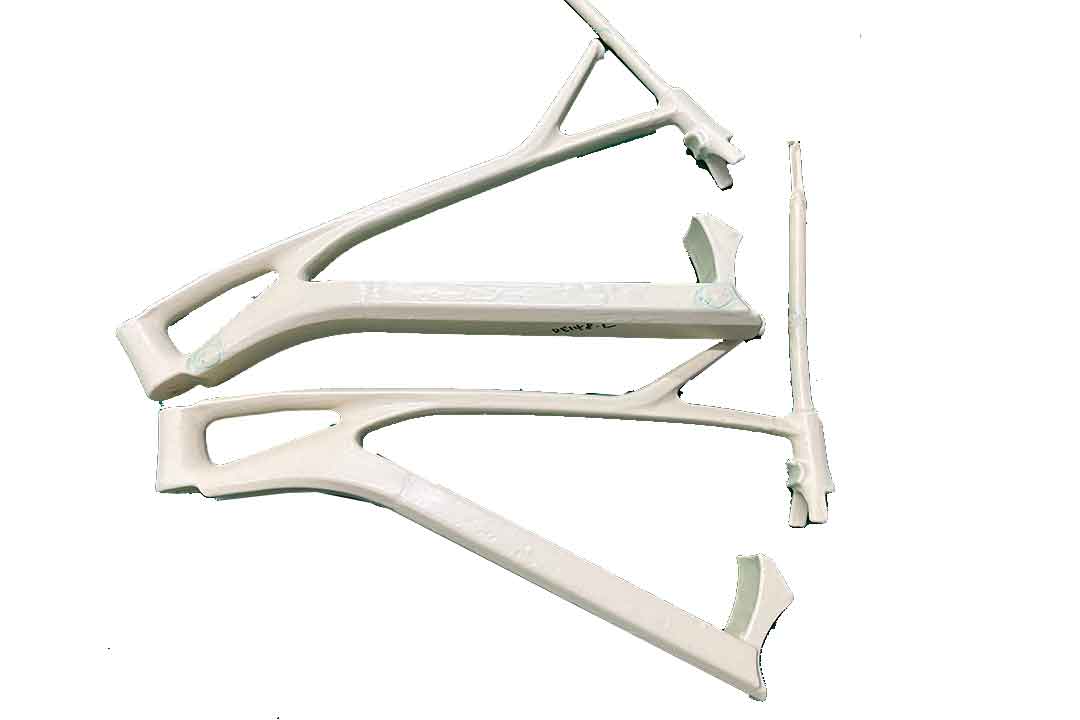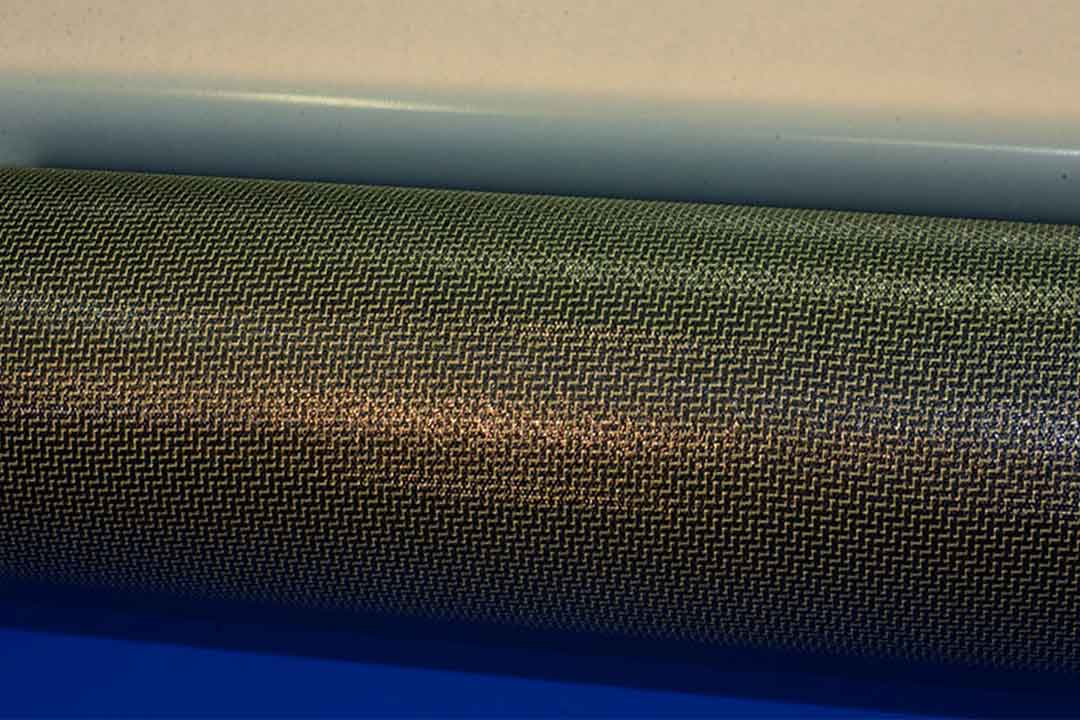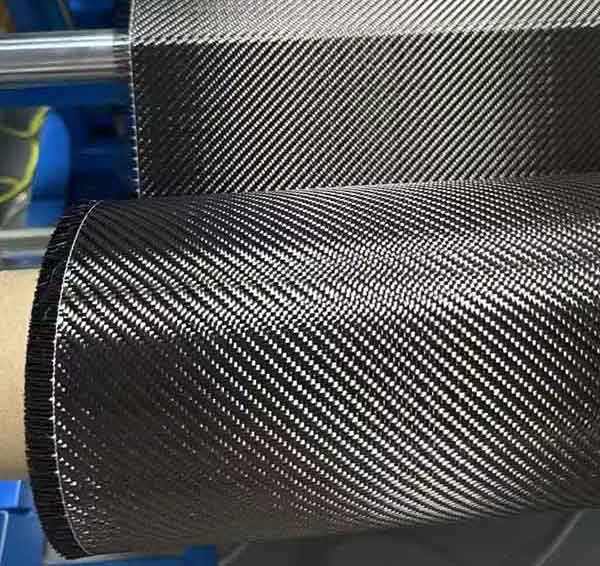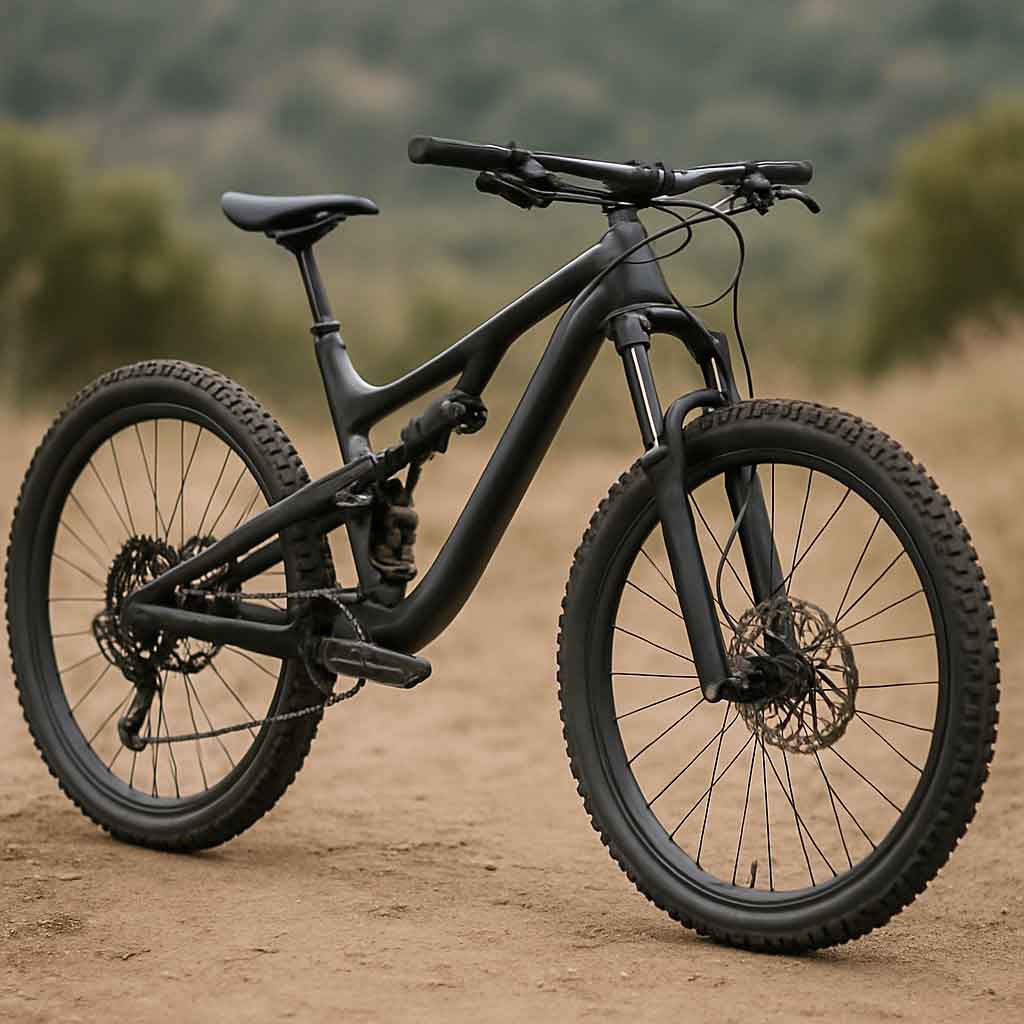Welcome to Mondince Bike - A well-known factory specialized in produce carbon bike frame and other parts since 2007.
Choosing the Right Gravel Bike Rims
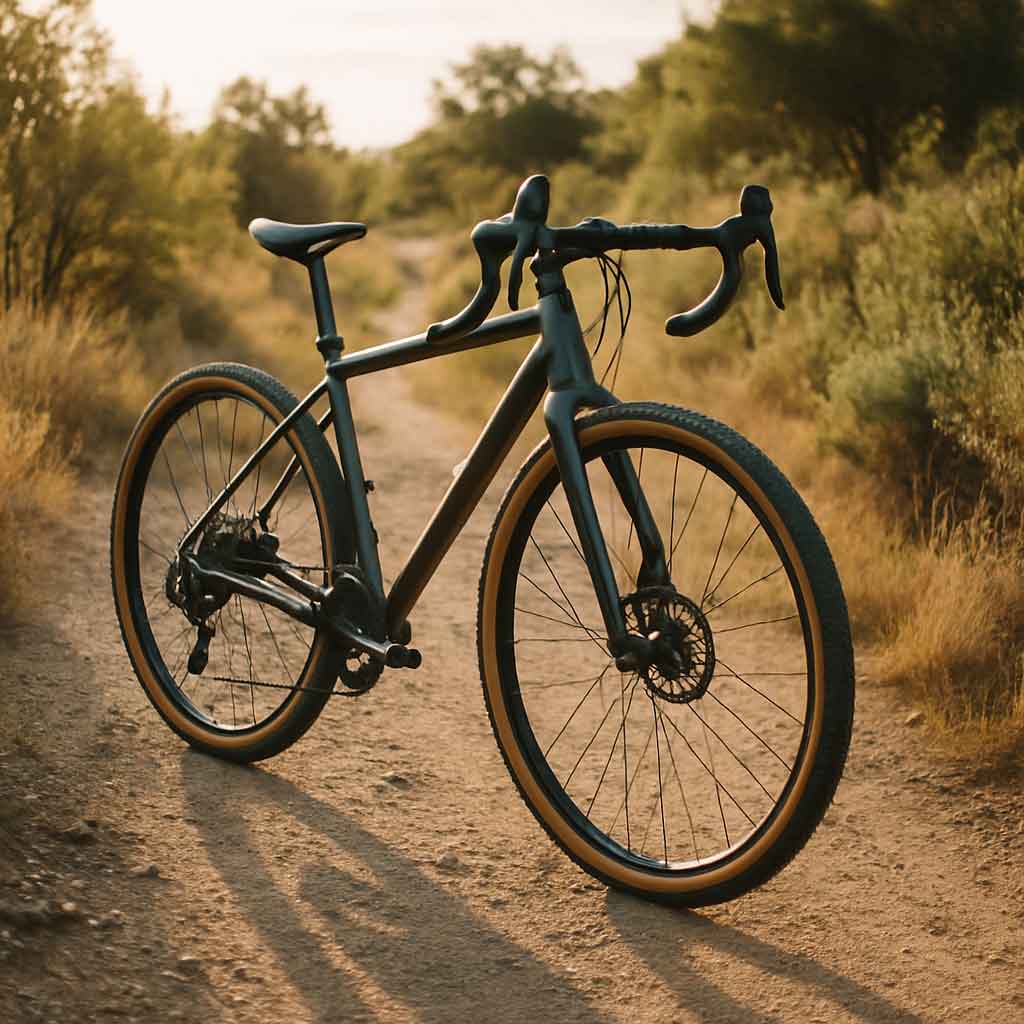
Gravel bike rims are designed to provide versatility across various terrains. Unlike standard road bike rims, gravel rims must withstand rougher conditions while maintaining performance. They come in different materials, sizes, and designs, each affecting your bike's handling and speed.
Versatility Across Terrains
Gravel bike rims must handle a diverse range of surfaces, from smooth asphalt to rocky trails. This versatility is crucial because it allows cyclists to transition seamlessly between different terrains without compromising performance. A good gravel rim provides the stability of a road bike while offering the ruggedness of an off-road model. As a result, riders can enjoy long rides across various landscapes without needing to switch bikes.
Material Options
The construction material of gravel bike rims plays a significant role in their performance and durability. Aluminum and carbon fiber are the two most common materials used. Aluminum rims offer a balance of affordability and strength, making them ideal for beginners. Carbon fiber, while more expensive, provides a lightweight option that enhances speed and aerodynamics. Understanding these materials helps cyclists make informed decisions based on their needs and budgets.
Design and Construction
Design elements such as rim depth, spoke count, and overall construction affect the bike's performance. Deeper rims provide better aerodynamics, while a higher spoke count can offer increased durability and strength. The design choices also impact the bike's weight and handling characteristics, making it essential to consider how each aspect will affect your cycling experience. Selecting the right design ensures that the rims meet your specific riding style and terrain preferences.
Key Features of Gravel Bike Rims
Material: Aluminum vs. Carbon Fiber
- Aluminum Rims: Aluminum is a popular choice due to its cost-effectiveness and durability. It can handle the roughness of gravel trails and is less likely to suffer damage from impacts. This makes aluminum rims a practical option for those new to gravel biking or who prefer a budget-friendly setup.
- Carbon Fiber Rims: Carbon fiber rims are favored by those seeking high-performance gains. They are significantly lighter than aluminum, which reduces the bike's overall weight and improves speed. The material also enhances aerodynamics, making it a preferred choice for competitive cyclists. Despite the higher cost, many riders find the performance benefits worth the investment.
- Comparative Analysis: When deciding between aluminum and carbon fiber rims, consider your riding goals. If you're focused on racing and speed, carbon fiber may be the better option. However, if durability and cost are more critical, aluminum could be the way to go. Evaluating these factors helps you choose rims that align with your cycling objectives.
Size: 700c vs. 650b
- 700c Wheels: The standard size for gravel bike rims, 700c wheels, offers a balance of speed and stability. They're similar to road bike wheels, making them suitable for mixed-terrain rides. Cyclists who frequently switch between roads and trails often favor 700c for their versatility.
- 650b Wheels: These smaller wheels allow for wider tires, providing better traction and comfort on technical trails. 650b wheels are ideal for riders who prioritize off-road capabilities and need enhanced shock absorption. The choice between 700c and 650b depends largely on the types of terrain you plan to tackle and your personal riding style.
- Considerations for Terrain: When selecting the wheel size, consider the terrain you most often ride on. For long rides on paved roads, 700c might be more suitable. Conversely, if you frequently ride on rocky or uneven trails, 650b could offer the comfort and control you need. Understanding these differences helps tailor your bike setup to your needs.
Width and Disc Brake Compatibility
- Rim Width: Wider rims support larger tires, which can significantly improve grip and comfort on rough terrain. They also enhance stability, making it easier to navigate challenging paths. Wider rims are beneficial for off-road riding and can adapt to varying trail conditions.
- Disc Brake Compatibility: Most modern gravel bikes come with disc brakes, providing better stopping power in various conditions. Ensuring your rims are compatible with disc brakes is crucial for safety and performance. Compatibility ensures that your braking system works efficiently, regardless of the terrain or weather conditions.
- Impact on Riding Experience: Both rim width and brake compatibility directly influence the quality of your ride. Wider rims offer more control and comfort, while compatible braking systems provide security and efficiency. These features are vital for a smooth and enjoyable cycling experience, especially when navigating diverse terrains.
Types of Gravel Bike Rims
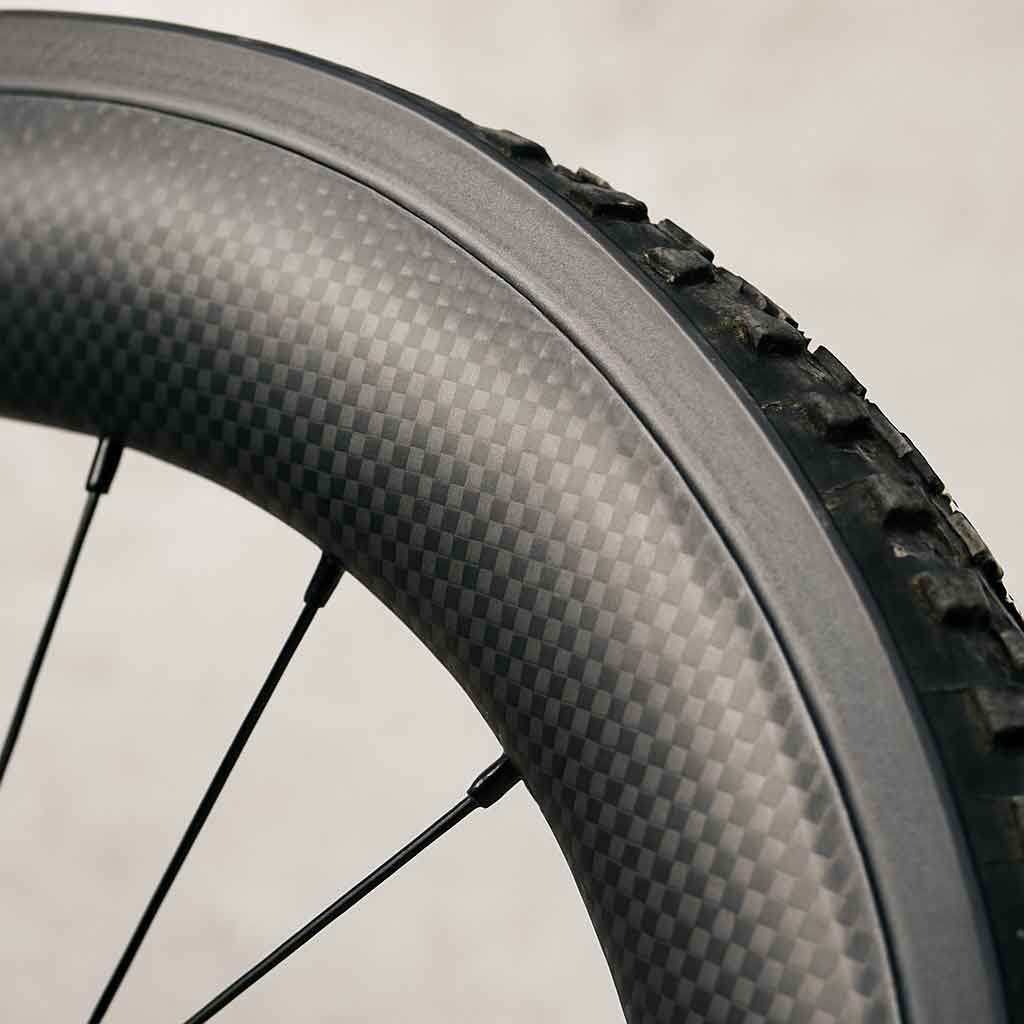
Aluminum Rims
- Durability and Affordability: Aluminum rims are known for their robustness and cost-effectiveness. They can withstand the demands of gravel riding and are less prone to damage from impacts. This makes them ideal for cyclists who want a reliable setup without spending excessively.
- Ideal for Beginners: Due to their affordability and durability, aluminum rims are a great option for those new to gravel biking. They offer a forgiving ride and can handle various terrains, making them a practical choice for novices. As riders gain experience, they can explore other options if they wish to upgrade.
- Maintenance and Longevity: Aluminum rims require minimal maintenance, which is another advantage for beginners. They tend to have a longer lifespan, providing excellent value over time. This longevity means fewer replacements and repairs, allowing you to focus more on enjoying your rides.
Carbon Gravel Rims
- Performance Advantages: Carbon gravel rims are favored by competitive cyclists for their lightweight and aerodynamic properties. They reduce rotational weight, making it easier to accelerate and climb. The material also provides a smoother ride, enhancing overall cycling performance.
- Cost vs. Benefits: While carbon rims are more expensive, the performance benefits can be substantial. If you're seeking the best carbon gravel wheels, look for options that offer a balance of weight, strength, and price. Investing in carbon rims can be worthwhile if speed and efficiency are your primary goals.
- Selection Criteria: When choosing carbon rims, consider factors such as the type of terrain you'll ride on and your cycling frequency. High-quality carbon rims offer superior strength and durability, making them suitable for regular use. Evaluating these criteria ensures you select rims that meet your specific needs.
Aero Gravel Wheels
- Aerodynamic Design: Aero gravel wheels are designed to cut through the wind more efficiently, providing a speed advantage on flat and rolling terrains. They often feature deeper rim profiles, which enhance aerodynamics but may be slightly less stable in strong crosswinds.
- Speed and Efficiency: These wheels are particularly beneficial for cyclists who prioritize speed and want to minimize wind resistance. The aerodynamic design can lead to faster rides and improved efficiency, especially on long stretches of road. For competitive events, aero wheels can offer a distinct advantage.
- Considerations for Use: While aero gravel wheels offer speed benefits, they may not be suitable for all conditions. Their design can make them less stable in windy situations, so it's essential to consider the typical weather conditions and terrain you'll encounter. Choosing the right aero wheels can optimize your cycling performance.
Choosing the Right Size
When selecting gravel bike rims, size is a crucial factor. Most gravel bikes come with 700c wheels, providing a good mix of speed and off-road capability. However, if you frequently ride on challenging trails, consider 650b wheels, which allow for wider tires and better shock absorption.
700c Wheels for Gravel
- Speed and Efficiency: 700c gravel wheels are ideal for those who prioritize speed and efficiency. They're great for mixed-terrain rides where you transition between roads and trails. The larger diameter offers better momentum and a smoother ride on paved surfaces.
- Versatile Performance: These wheels are versatile, suitable for both road and gravel riding. Cyclists who enjoy variety in their rides will benefit from the adaptability of 700c wheels. Their ability to handle different surfaces makes them a popular choice for many gravel bikers.
- Lightweight Options: Look for carbon gravel wheels 700c options if you want a lightweight and fast setup. Carbon construction reduces weight, enhancing speed and performance. For those focused on racing or long-distance rides, lightweight 700c wheels are an excellent investment.
650b Wheels for Technical Trails
- Traction and Comfort: 650b wheels offer a more forgiving ride, with the ability to run wider tires at lower pressures. This setup is perfect for technical trails where traction and comfort are essential. The increased tire volume provides better grip and shock absorption on uneven surfaces.
- Enhanced Control: The smaller wheel size improves maneuverability and control, making it easier to navigate tight trails. Cyclists who frequently encounter challenging off-road conditions will appreciate the agility that 650b wheels provide. This control is crucial for maintaining stability and safety on difficult terrains.
- Customization and Adaptability: Riders can customize their 650b setup with various tire options to match specific terrain needs. This adaptability allows for a personalized cycling experience, ensuring that the bike performs optimally in diverse conditions. Customization ensures that your ride is both comfortable and efficient.
Considerations for Wheel Size
- Riding Style: Your choice of wheel size should reflect your riding style and preferences. If you enjoy fast rides on mixed terrain, 700c may be more suitable. For those who focus on off-road adventures, 650b wheels could be the better choice.
- Terrain and Conditions: Consider the types of terrain you'll encounter most often. Smooth roads and trails might favor 700c wheels, while rocky or uneven paths may benefit from the traction of 650b. Understanding these factors helps you select the appropriate wheel size.
- Compatibility with Bike: Ensure that your chosen wheel size is compatible with your bike's frame and fork. Some bikes are designed to accommodate both sizes, providing flexibility. Checking compatibility ensures a seamless fit and optimal performance.
Budget Considerations
.jpg)
by TruckRun (https://unsplash.com/@truckrun_ebike_systems)
Gravel biking doesn't have to break the bank. There are many options for riders seeking the best budget gravel wheelset. Aluminum rims are generally more affordable and provide excellent value for money. However, if you're set on carbon, look for cheap carbon gravel wheels or carbon gravel wheelset sales for more budget-friendly options.
Balancing Cost and Performance
- Assessing Your Needs: When choosing gravel bike rims, finding the right balance between cost and performance is key. Decide what features are most important to you, whether it's lightweight construction, durability, or aerodynamics, and allocate your budget accordingly.
- Exploring Options: Research various brands and models to find wheelsets that offer the features you need within your price range. Many manufacturers offer budget-friendly options that don't compromise on quality. Comparing options helps you make an informed decision that suits your financial constraints.
- Sales and Discounts: Keep an eye out for sales and discounts on wheelsets, particularly during off-peak seasons. Many retailers offer significant savings on high-quality rims, allowing you to get more value for your money. Taking advantage of these opportunities can help you acquire top-notch wheels at a reduced cost.
Best Gravel Wheelsets for Different Needs
- Best Overall Gravel Wheels: For a versatile and high-performance setup, consider a wheelset that offers a balance of lightweight design, durability, and aerodynamics. The best gravel wheelsets will enhance your ride across various terrains and conditions. Look for options that provide excellent all-around performance.
- Best Carbon Gravel Wheels: If you're aiming for top performance, the best carbon gravel wheels will provide superior speed and handling. These wheelsets are ideal for racers and serious cyclists who want to maximize their efficiency and comfort on the bike. Investing in high-quality carbon wheels can elevate your cycling experience.
- Best Budget Gravel Wheelset: For those on a budget, the best gravel wheels will offer a good compromise between cost and features. Look for aluminum options or discounted carbon wheelsets to get the best value for your money. A well-chosen budget wheelset can still provide excellent performance and durability.
Conclusion
Choosing the right gravel bike rims is an investment in your cycling experience. Whether you're looking for lightweight gravel wheels for racing or robust rims for weekend adventures, there's a perfect option out there for you. Consider the material, size, and your specific riding needs to find the ideal gravel wheelset. With the right rims, you'll be ready to tackle any trail with confidence and style.
By focusing on these key factors, you can ensure that your gravel bike is equipped to handle the diverse demands of gravel riding, providing you with more enjoyable and successful rides. Whether you're navigating smooth roads or rocky paths, the right gravel bike rims will make all the difference. With informed choices, your cycling adventures will be both rewarding and exhilarating.



